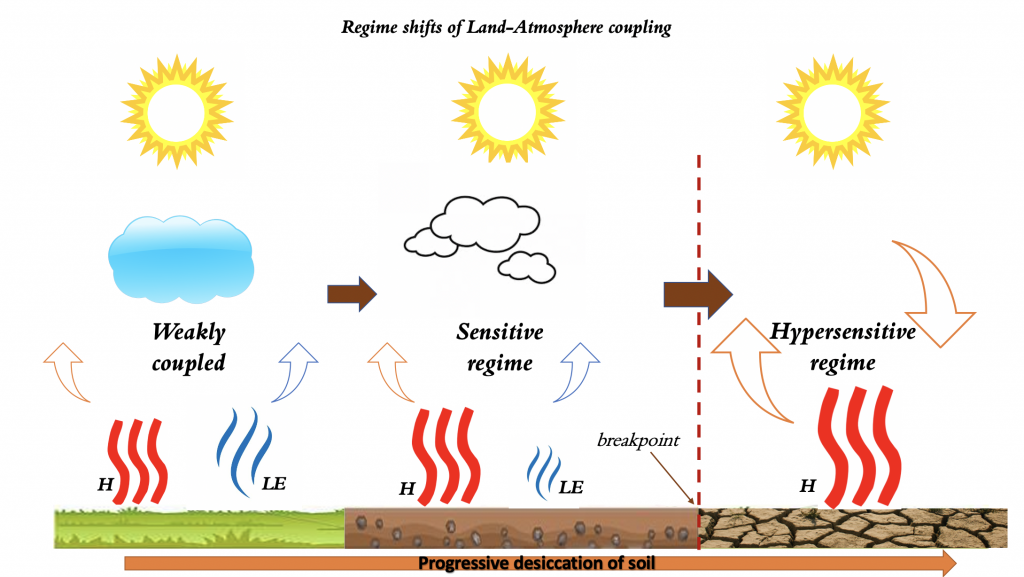The Role of Land-Atmosphere Interactions in the Improvement of Heatwave Prediction
In the coming years, it is expected that there would be more frequent and severe heatwaves occurring across the globe as our planet responds to anthropogenic climate change. Consequently, it is important to be able to predict these events to mitigate some of the harmful impacts on health and sustainability. As the importance of prediction cannot be understated, it is imperative that the nature of heatwaves and the mechanisms that drive them are fully understood for there to be adequate representation of the phenomenon in forecast models. Conventional wisdom has in the past attributed the formation of heatwaves to large-scale atmospheric conditions and sea surface temperatures. However, studies have shown that land-atmosphere feedbacks can also be important contributing factors to the occurrence and persistence of heatwaves. It has been shown that a reduction in soil moisture can lead to an increase in 2m air temperature caused by the redistribution of the surface fluxes by the soil layer, and that the slow varying nature of soil moisture can provide much needed predictability. This leads to the questions that my research attempts to answer: How do land-atmosphere interactions impact the characteristics of heatwaves over the US? Can understanding of heatwave characteristics lead to improvements in heatwave simulation and prediction?

Other research interests include: Land surface modeling, Subseasonal to seasonal predictability, Artificial Intelligence for earth systems applications

